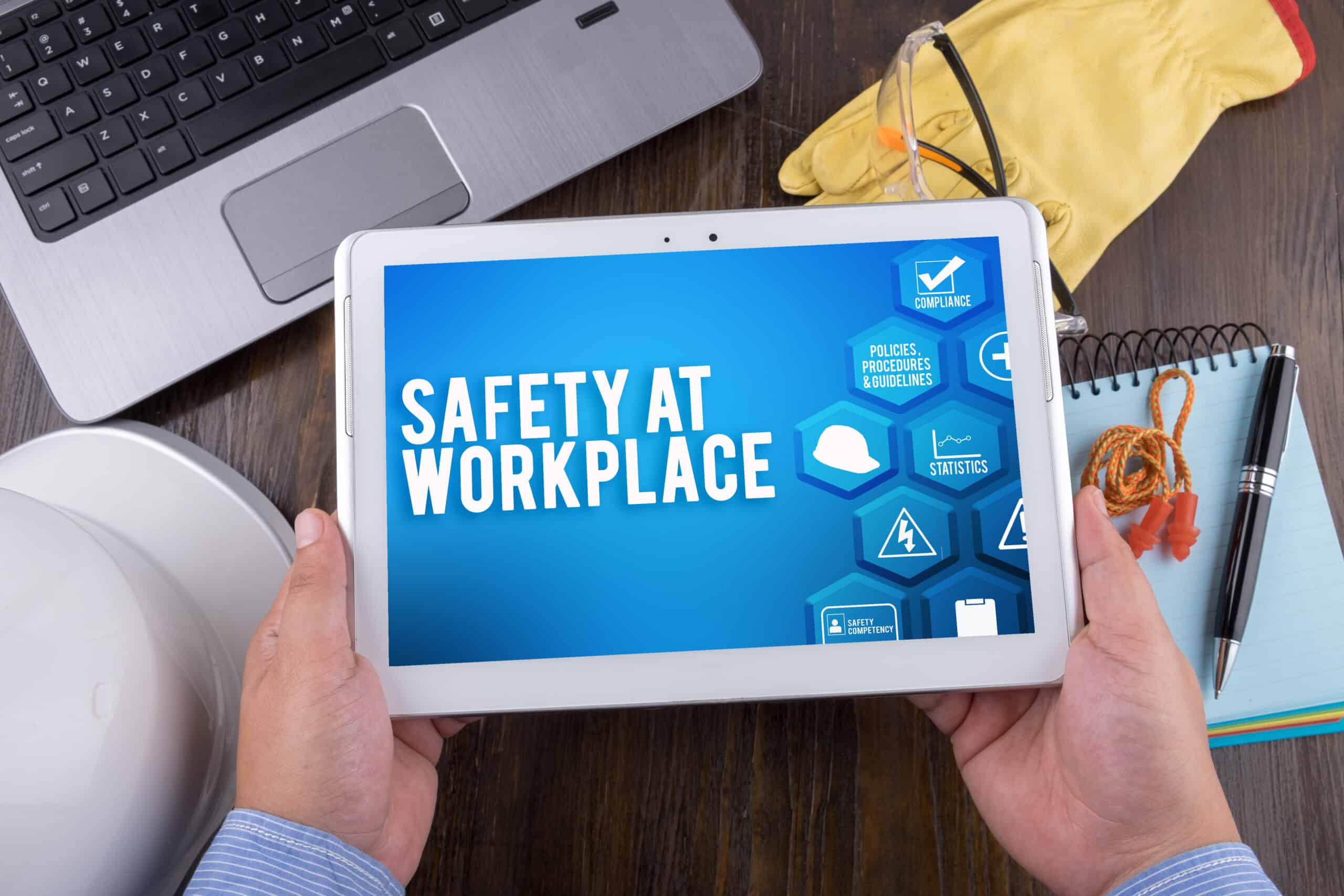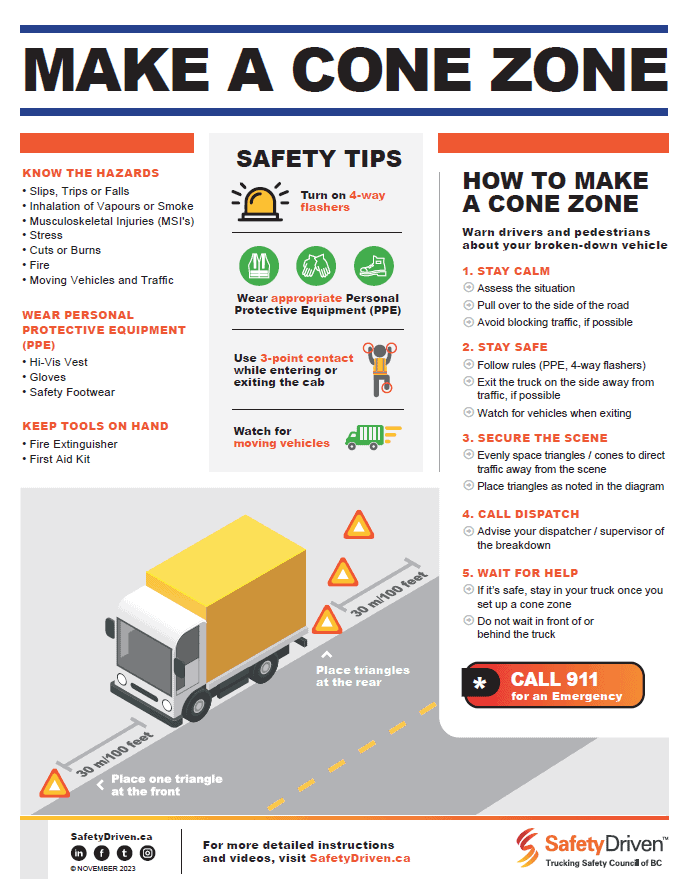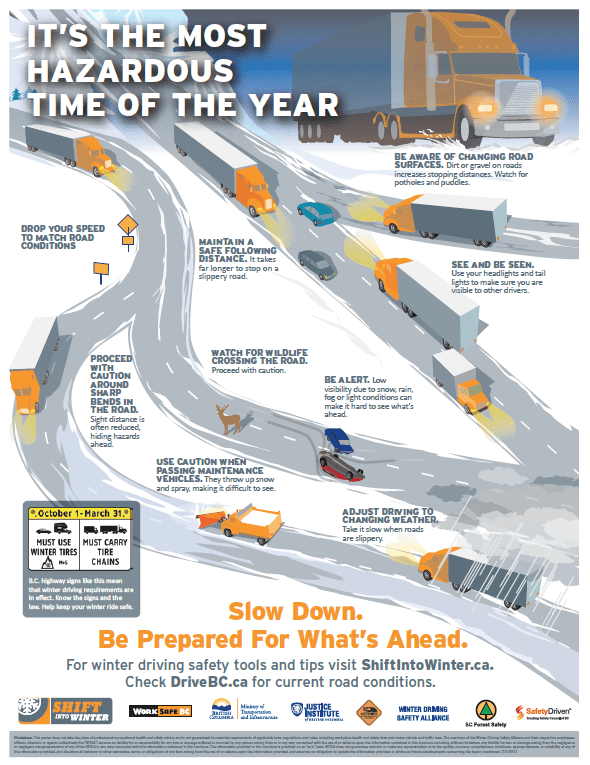
Strategies to stay safe by.
Health and safety performance and culture improvement needs a plan. Ideally, you should have an annual plan and a longer-term three- to five-year vision.
A sound health and safety plan should focus on specific goals and objectives that will help you minimize key risks and improve your OHS processes. An annual improvement plan involves more than just setting targets to reduce lagging indicators such as incidents and time-loss days.
Initiatives in your annual plan could include:
– Improving the reporting and investigation of near misses
– Encouraging engagement in health and safety at all levels of the organization
– Implementing departmental safety plans to increase ownership and accountability
– Improving workplace health and safety training programs
– Implementing new measures to control hazards and exposures
– Addressing gaps or deficiencies in your health and safety program and processes
– Developing new key safe work procedures
– Creating a new way to communicate about health and safety
– Surveying your staff
Understanding your health and safety processes
Evaluating your organization’s health and safety processes, the key elements of a health and safety program, can provide valuable insight to help identify areas for improvement. These processes can include your inspection processes and approach, your incident investigation processes, your joint health and safety committee’s process, and your reporting and data collection processes.
Periodic health and safety program reviews (audits), compliance audits, and evaluations of your health and safety management processes can all contribute valuable information and recommendations that can be used in the planning process.
Health and safety culture assessment tools such as climate surveys can also provide valuable insight into your organization and help with this planning process.
Gathering information
Gather as much information as you can about health and safety in your organization, to help determine which initiatives you need most. Information could include:
– Health and safety audit findings
– Common themes from workplace inspections or investigations (including near misses)
– Priorities from site risk assessments and risk registries
– Health and safety program reviews
– Data on incident and injury types
– Input from front-line staff on what they feel may cause the next incident or injury
Incident and injury data tools
We offer a number of tools and online reports that allow you to see your incident and injury data. These tools and those you have in your organization can help paint a picture of your current health and safety culture and performance.
Employer Health and Safety Planning Tool Kit — This secure application lets employers use their own data to plan targeted safety improvements and reduce costs.
Industry Safety Information Centre — This tool provides information on prevention activities, assessment data, injury rates, and claim costs, by industry and classification unit.
Serious Injuries Dashboard — The Serious Injuries Dashboard provides a comprehensive view of serious injuries in B.C. for the last five years. You can filter data by industry, occupation, age, gender, and region of the province.
Work-Related Deaths Dashboard — The Work-related Deaths Dashboard allows you to learn about trends and patterns in work-related deaths in B.C. You can filter the data by incident, traumatic injury, disease, industry, age, region, and claim characteristics.
Forming an action plan
Once you have assessed your key risks and the types of incidents and injuries that are occurring, and you’ve looked at how proactive and effective your health and safety processes are, then you are in a good position to create a prioritized plan with appropriate initiatives.
Some of those initiatives may be targeted to specific hazards and incidents and/or risks in key areas of your workplace, while other initiatives may be broader, such as starting a plant-wide program for reporting near misses.
Clearly outlining the plan, indicating expected milestones, estimating timelines for different phases, detailing specific activities, and setting appropriate tracking processes (for example, quarterly reviews of the plan) will help ensure you meet your health and safety goals.
Latest Resources
Make a Cone Zone
Dowload this poster for tips on how to make a safe cone zone.Winter Hazards Poster
Drivers need to recognize winter hazards. Share this poster to remind drivers how to ...

